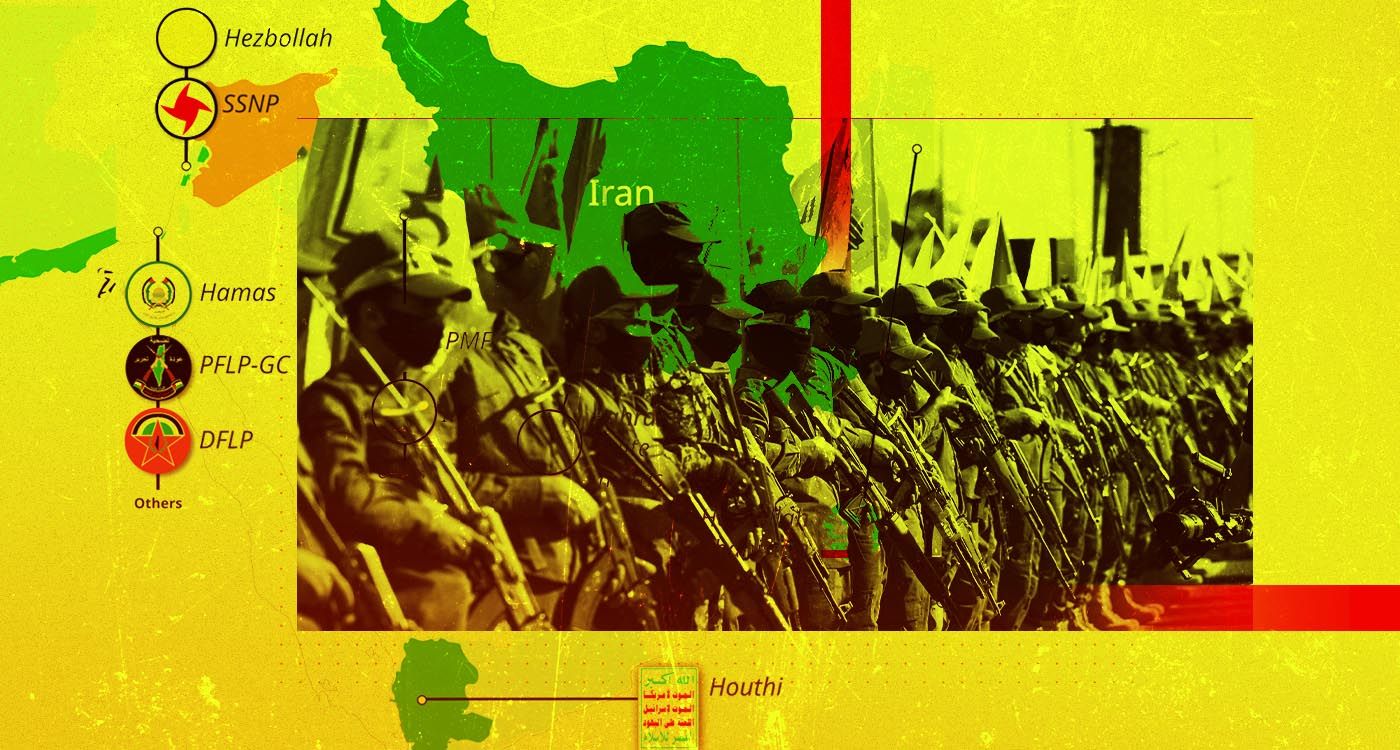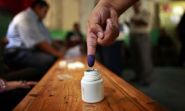
The entire “Axis of Resistance” has a recurring problem with numbers and calculations – a game it has often played and lost, sometimes with almost absurd results.
If Hezbollah’s closest ally before its recent distancing to gain favor ahead of the elections – the Free Patriotic Movement (FPM) – cannot get the numbers right, what hope is there for the rest of its allies? We clearly recall how FPM figures emerge after each election, managing to claim victory even when ranking low on electoral lists and coalition tallies.
Hezbollah seems to have fallen victim to the same problem, miscalculating its strategic and regional moves and even erring in its own polling data. “Resistance”-affiliated media published a study claiming that 60% of Lebanese oppose Hezbollah’s disarmament, while over 70% believe the Lebanese Army cannot confront hostile actions or deter threats from the south and east.
These numbers contradict all logic and common sense, especially amid widespread Lebanese rejection of Hezbollah’s politics and its consequences. They lose all credibility once their source is revealed: The Statistics and Polling Directorate at the Center for Studies and Documentation.
The name is lengthy and grandiose, implying that this directorate is an international and comprehensive center. However, a glance at the center’s website exposes it as little more than a farce: a tool used by the party to implant a certain narrative in the minds of the Lebanese, relying on the fact that most will not question its data.
The center is headquartered in the southern suburbs (Hezbollah’s stronghold), and its site administrators, as indicated on the website, are closely affiliated with – or openly identify with – Hezbollah and the “Axis of Resistance.” Furthermore, the site hosts a range of previous studies it has conducted, including a notable one on the viewership ratings of Iranian television channels in Lebanon!
This abundance of studies and figures reflects one of Hezbollah’s final efforts to impose a culture of totalitarianism – an approach it shares with its regional allies, both past and present.
The recent parliamentary elections, the clearest indicator of this issue, showed that a strong majority of Lebanese outright reject Hezbollah’s agenda, casting their votes for candidates opposing the party. Groups and individuals such as the FPM, the Marada Movement, Faisal Karami and Hassan Mourad – once counted among Hezbollah’s allies – have now moved to the opposite camp, voicing deeper concerns about Hezbollah’s weapons than even its fiercest critics. In fact, compared to their statements, the Lebanese Forces almost come across as moderate.
While political and regional calculations call for a fresh look at the situation, this should not lead those involved to miscalculate or fabricate numbers – especially since reality on the ground is far clearer than anything presented by institutes in Beirut’s southern suburbs.



Comments